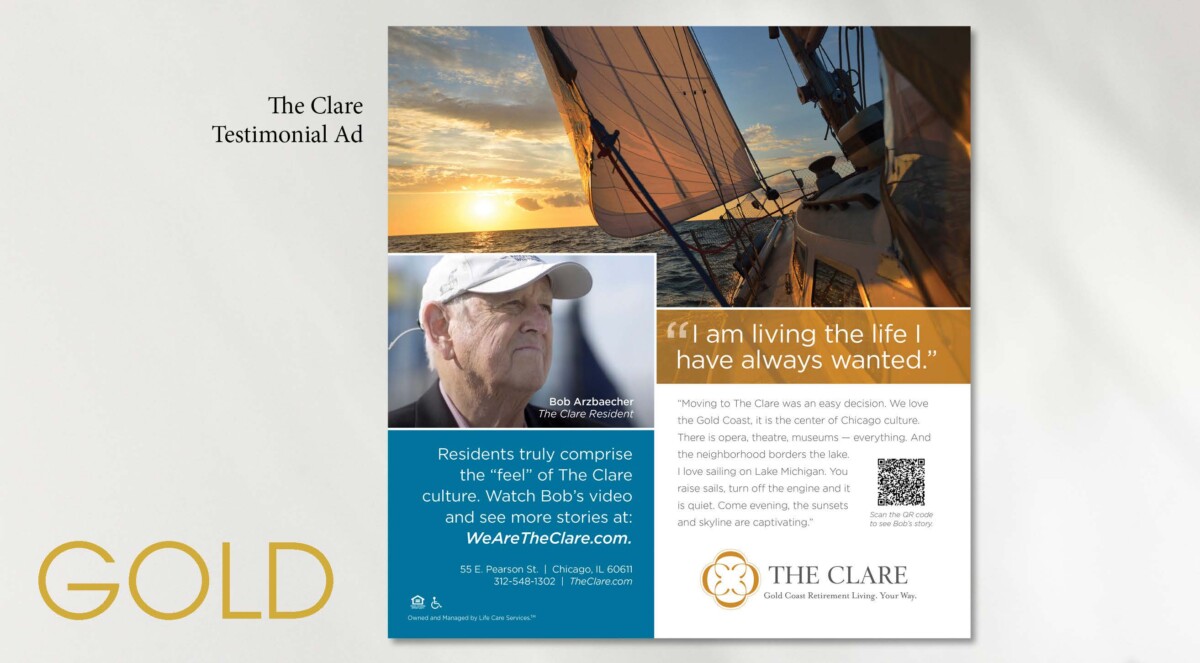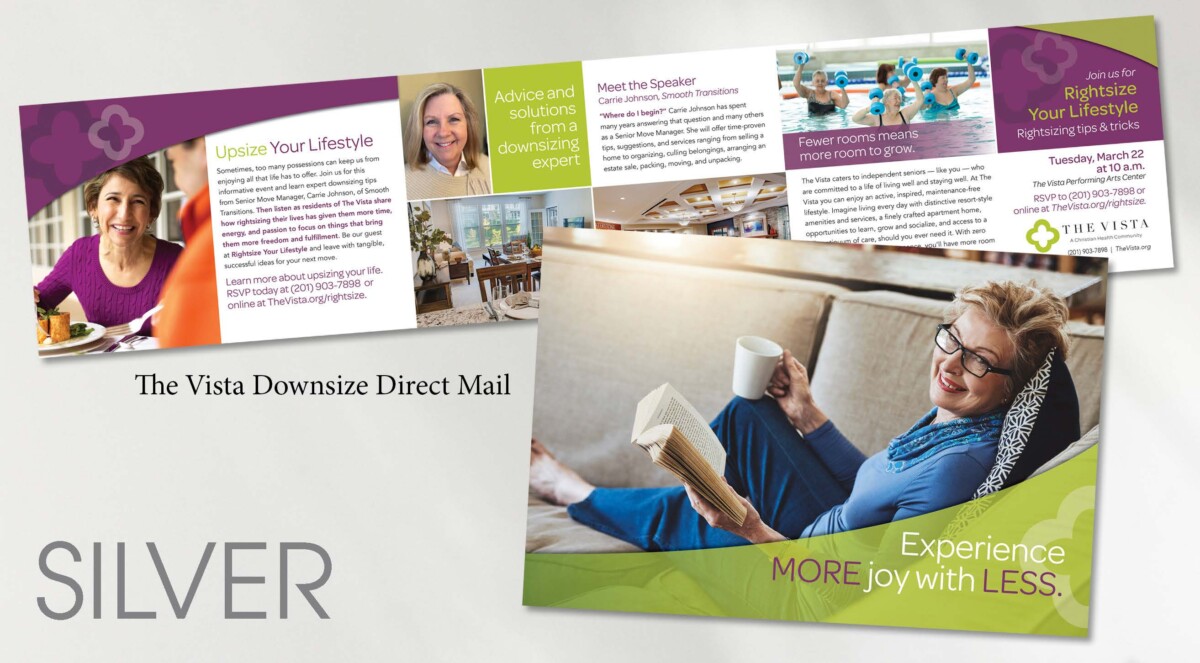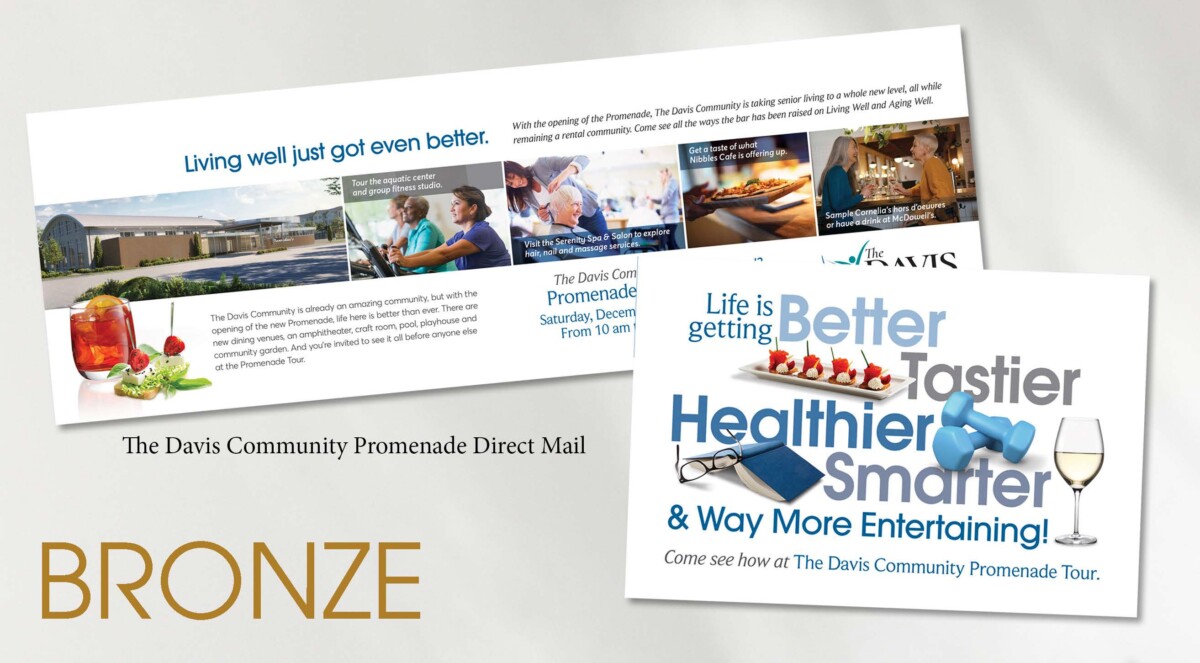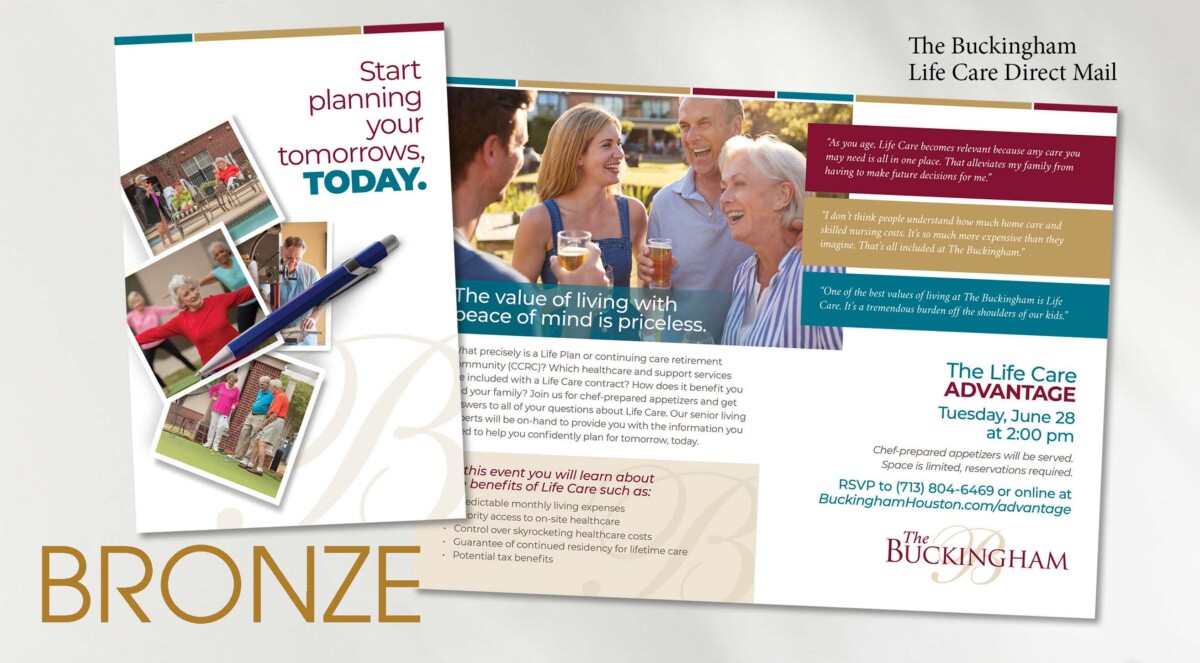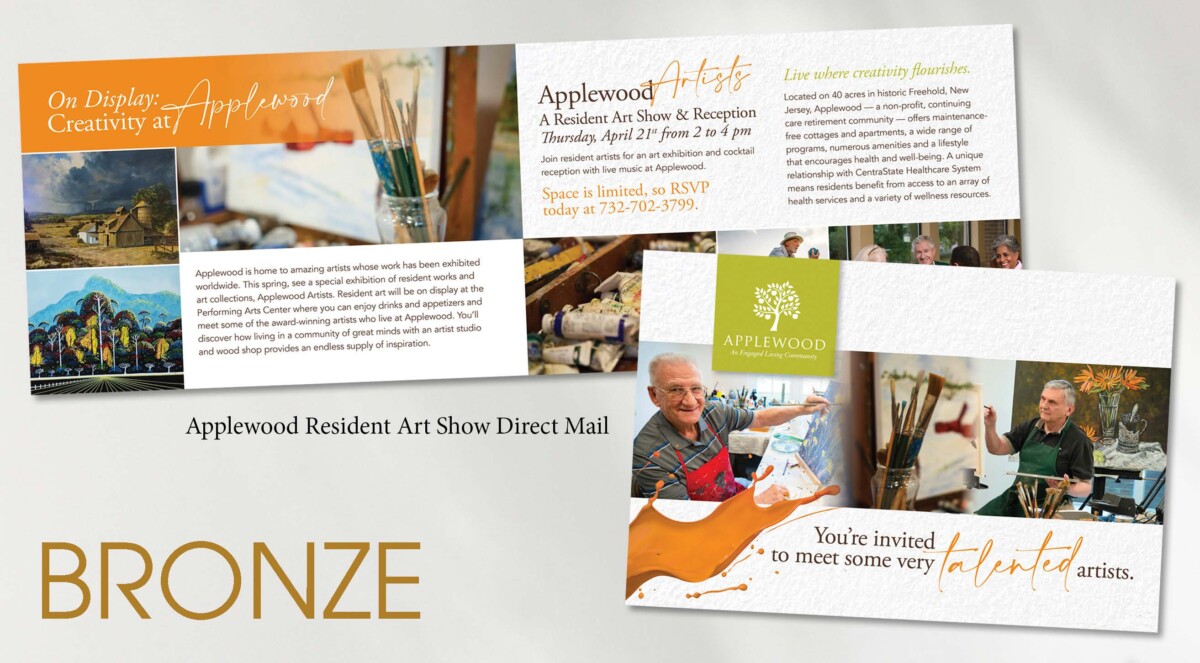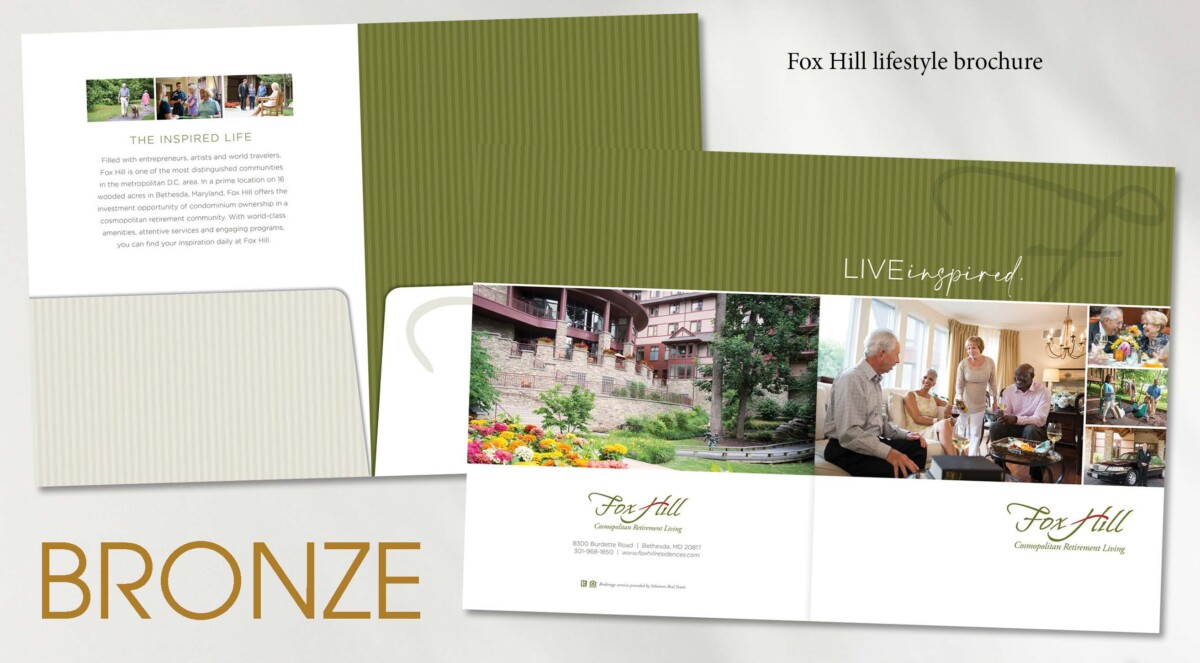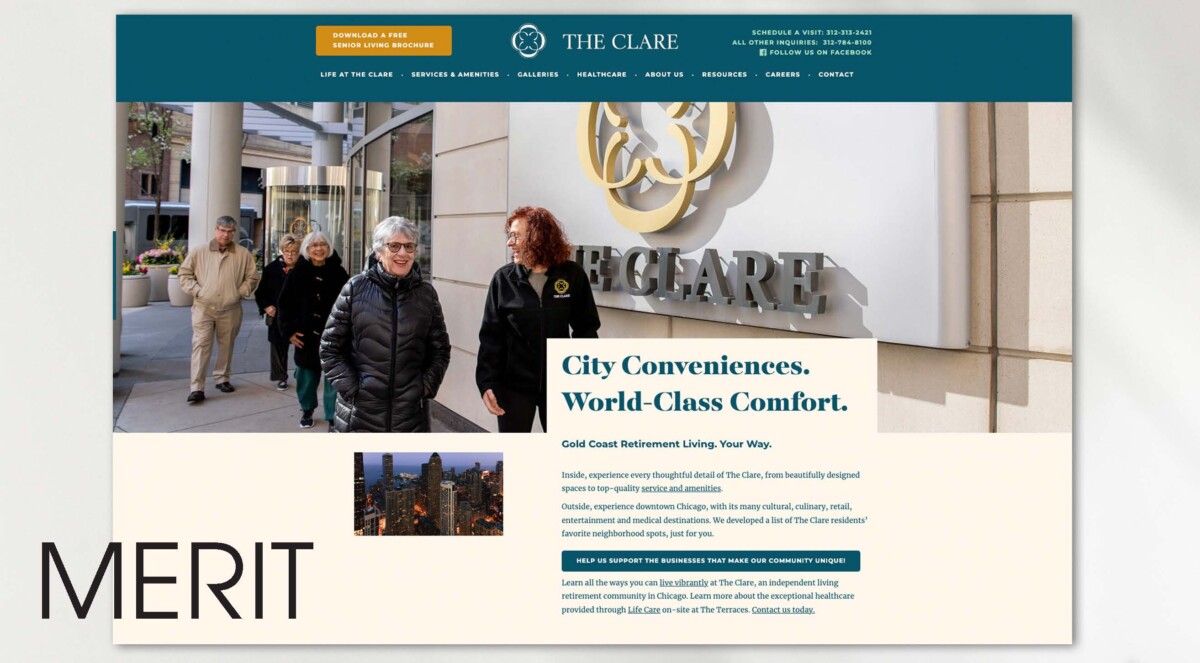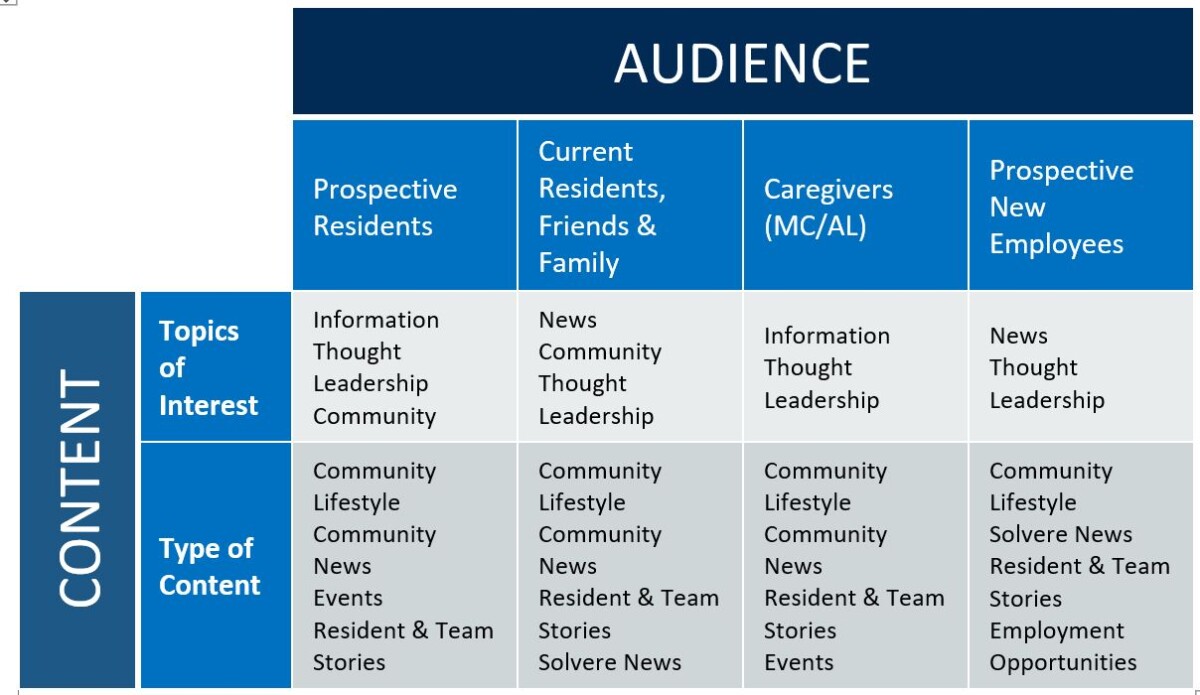Your Senior Living Partner: Unlocking Success with Solutions Advisors Group
Leave a CommentBy Jennifer Ault, Account Manager, Solutions Advisors Group
In the dynamic landscape of the senior living industry, achieving and maintaining target occupancy rates is a key objective for success. However, navigating the intricacies of effective sales and marketing strategies can be daunting for senior living communities. This is where Solutions Advisors Group comes in as a trusted ally and partner, dedicated to helping senior living clients thrive in the industry.
At Solutions Advisors Group, we understand that success goes beyond mere numbers; it’s about building meaningful connections and fostering lasting relationships with both prospects and residents. Here’s why partnering with our agency can make a significant difference in achieving occupancy goals:
Senior Living Expertise and Specialization
With years of experience exclusively focused on the senior living industry, Solutions Advisors Group brings unparalleled sales and marketing expertise to the table. Our team is well-versed in the unique challenges and opportunities that senior living communities face, allowing us to tailor strategies that resonate with your target audience.
Comprehensive Sales and Marketing Approach
We offer a comprehensive suite of sales and marketing services designed to address every aspect of occupancy growth. From digital marketing campaigns and lead generation tactics to personalized sales training and community outreach programs, we provide a holistic approach aimed at maximizing your community’s visibility and engagement.
Customized Strategies for Your Community
We recognize that each senior living community is unique, with its own distinct goals, values and target demographics. That’s why we take a personalized approach to crafting strategic marketing strategies that align with your community’s specific needs and objectives. Whether you’re aiming to attract active retirees, promote memory care services or enhance resident satisfaction, we tailor our solutions to suit your individual requirements.
Proactive Communication and Collaboration
Communication is the cornerstone of any successful partnership. At Solutions Advisors Group, we prioritize transparent and proactive communication with our clients every step of the way. From regular progress updates and performance reports to collaborative strategy sessions and brainstorming meetings, we keep you informed and involved in the process, ensuring that your voice is heard and your vision is realized.
Commitment to Results and Success
Your success is our success. We are deeply committed to helping you achieve your occupancy goals. As a matter of fact, surpassing your expectations is one of our goals. Our dedicated team works hard to deliver tangible results and measurable outcomes, constantly refining our strategies and tactics to adapt to evolving market trends and consumer preferences.
Emphasis on Relationship Building
More than just a service provider, Solutions Advisors Group is a true partner invested in your senior living community’s long-term success. We prioritize relationship building not only with prospects and leads but also with our clients. We take the time to understand your community’s values, culture and brand identity, fostering a sense of trust, loyalty and mutual respect.
Partnering with Solutions Advisors Group goes beyond mere marketing and sales support – it’s about forging meaningful connections, driving tangible results and building a brighter future for your senior living community. Let us be your trusted ally on the journey to occupancy excellence. Together, we can achieve greatness and make a positive impact on the lives of seniors and their families.

